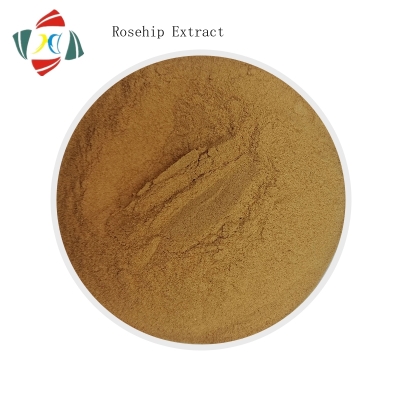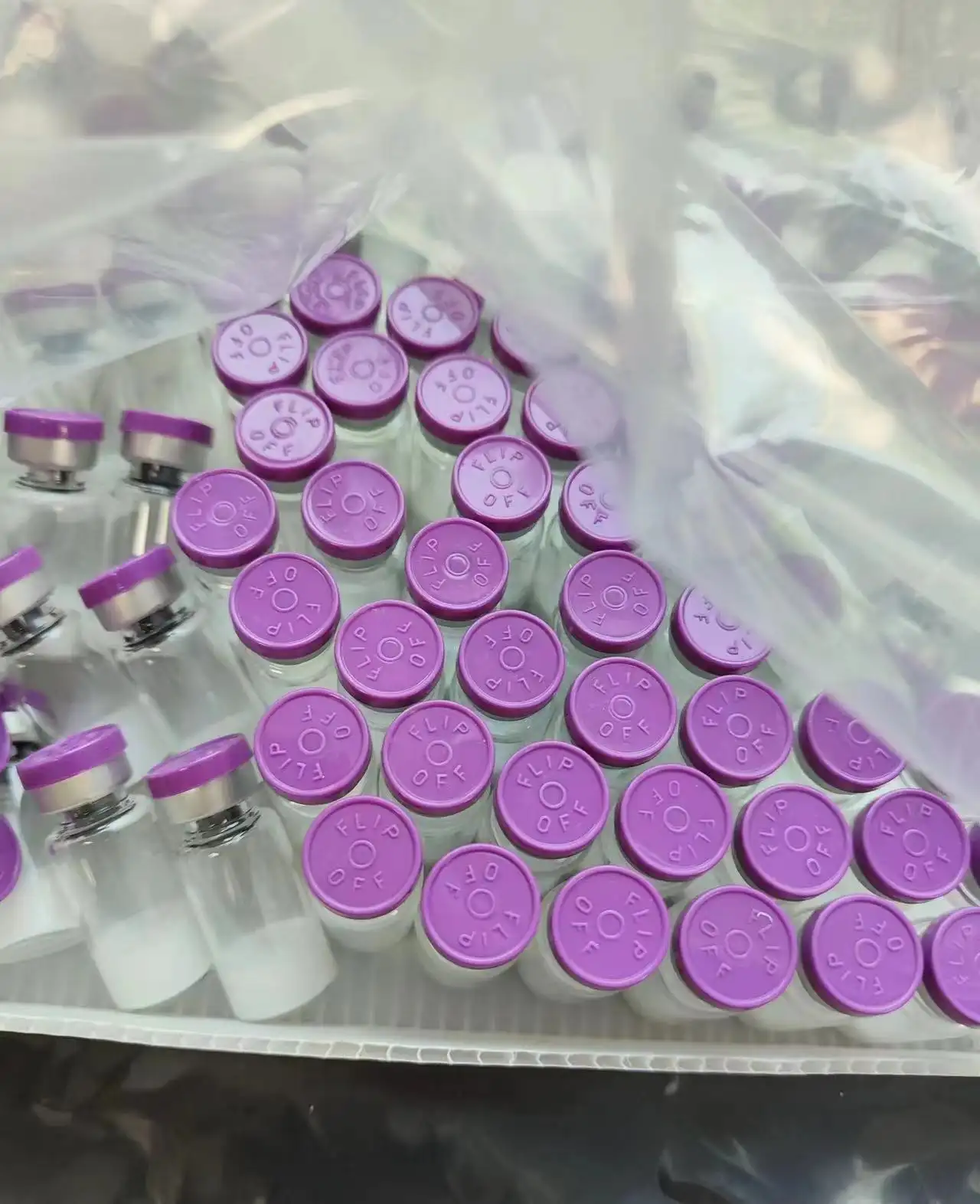-
Categories
-
Pharmaceutical Intermediates
-
Active Pharmaceutical Ingredients
-
Food Additives
- Industrial Coatings
- Agrochemicals
- Dyes and Pigments
- Surfactant
- Flavors and Fragrances
- Chemical Reagents
- Catalyst and Auxiliary
- Natural Products
- Inorganic Chemistry
-
Organic Chemistry
-
Biochemical Engineering
- Analytical Chemistry
- Cosmetic Ingredient
-
Pharmaceutical Intermediates
Promotion
ECHEMI Mall
Wholesale
Weekly Price
Exhibition
News
-
Trade Service
▎WuXi AppTec Content Team Editor By stacking a large pile of stones closely one by one, we can get a tight stone wall
.
Likewise, in our bodies, cells are packed together to form dense tissue like walls
.
At this point, the "wall" seems to block the way for immune cells swimming between tissues, making it difficult for them to get inside the tissue
.
But we know that the immune cells in our bodies are not immune to it
.
They must have found a special path to travel through dense cellular tissues and carry out immune responses
.
A new study published in Science this week found the answer, revealing the full process by which immune cells enter tissues
.
It is worth mentioning that three of the authors of this paper are local high school students who also contributed to this research
.
To study this process, a team led by Professor Daria E.
Siekhaus of the Austrian Institute of Science and Technology chose fruit flies as study subjects
.
What they wanted to see was how the fly's important immune cells, macrophages, got into its embryos
.
During early embryonic development in Drosophila, macrophages follow signaling molecules that guide them to the junction of the embryonic ectoderm and mesoderm
.
Here, macrophages encounter obstacles to the formation of tight packing of embryonic cells
.
However, under the microscope, these macrophages are seen in long queues, like a long chain slowly passing through the interstitial space and into the tissue
.
So how do these macrophages, especially the first cells, break through the barrier? ▲ Macrophages (magenta) migrate in a Drosophila embryo, blue dots indicate embryonic cells about to divide (Image credit: Maria Akhmanova) Prof.
Siekhaus' team tracked this process under a high-resolution microscope and found that when the first When the macrophage arrives at the entrance, it waits for a special period: the ectodermal cells in front of it will first become rounded and approximately spherical in shape before mitotic division
.
At this time, the connection of ectodermal cells to the surrounding matrix (ie, focal adhesions) is significantly weakened
.
For the leading macrophages, this is exactly the breakthrough it was expecting
.
Macrophages move the nucleus to the front of the cell, thereby moving forward, entering the embryonic tissue from the weak zone between the ectoderm and the mesoderm
.
With the entry of the first macrophage, the other macrophages waiting in line also found their way, and they filed in with their companions ahead
.
▲ The process of macrophages entering embryonic tissues (Image source: Maria Akhmanova) For researchers, there is still a problem that has not been explained: what really causes macrophages to enter is the morphological change of cells or the weakening of cell connections ? To address this, they used optogenetics to induce genetic changes related to cell morphology and cell connectivity, respectively
.
It turned out that the mere spherical shape of the cells was not enough for macrophages to enter; instead, the artificial reduction of cell junctions through genetic mutations allowed macrophages to enter
.
▲ When macrophages enter, the ectoderm cells in front of them turn into round shapes (Image source: Maria Akhmanova) In recent research, Prof.
Siekhaus' team has also revealed more about this process
.
For example, a nuclear protein called Atossa provides energy to leading macrophages in order to cross obstacles; in addition, to avoid nuclear damage, macrophages also form a shield of actin fibers
.
"Cell division is a key process that controls the entry of macrophages into tissues, and this elegant concept has powerful implications, " says Prof.
Siekhaus
.
The mechanism by which macrophages enter tissues may also be critical for other types of immune cells .
Therefore, the discovery is also expected to help scientists understand more physiological processes: whether manipulating the connection or division of tissue cells helps immune cells invade, fight tumors, or whether it helps to reduce the ability of immune cells to attack tissue during autoimmunity .
In addition to scientists from the Austrian Institute of Science and Technology and the European Molecular Biology Laboratory, the authors of this paper are three junior authors from the Klosterneuburg High School in Austria .
During their visit to the Siekhaus lab, they participated in experimental work on fruit flies and wrote code to help speed up image analysis .
As Maria Akhmanova, Ph.
D.
, the paper's first author, said: "The success of this project is inseparable from the collaboration of many scientists and three passionate high school students .
"Reference: [1] Maria Akhmanova et al.
2022.
Cell division in tissues enables macrophage infiltration.
Science.
DOI: 10.
1126/science.
abj0425[2] Dividing walls: How immune cells enter tissue.
Retrieved Apr.
21, 2022 from https://







